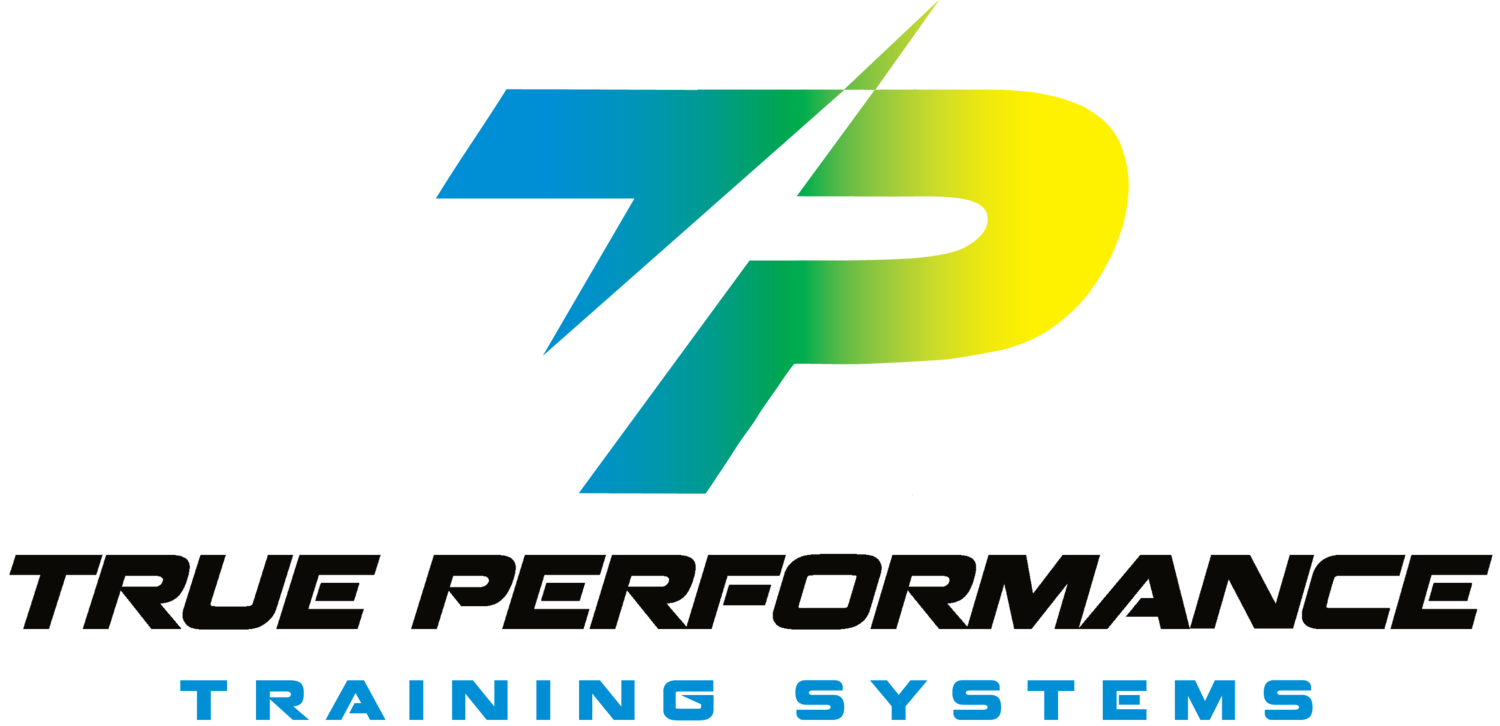Endurance Racing
This summer I have had the opportunity to leave my comfort zone of road cycling and experince a different facet in cycling. The world of ultra cycling is far from the fast paced, cut throat crit racing world and has many different strategies involved. While I have not completed and ultra endurance race solo, I have completed a couple as part of a team and have realized the undertaking that completing a 500 mile or longer race solo must be. I would argue that knowing your body is much more important in ultra racing.
From the few races that I have done I have learned that my body does some pretty weird things between 2 am and sunrise and that during that time my nutrition must all be liquid. If I have any solid food in this time frame I will experience a lot of G.I. issues. During normal daylight hours I can eat nearly anything and feel fine. I have found that limiting the number of gels I consume towards the beginning of the race pays off in the end when solid food begins to not sit well.
It is important to have a plan, but let the plan be flexible as conditions can change dramatically over 24 hours (often times more) of racing. As with road racing it is important to know where your limits are. The first 100 miles are critical. Races are not often won during these miles, but it can almost always be lost. During Race Across the West our relay team spent some time riding around some solo guys in the opening miles of the race. Nearly every solo racer that was hanging with our teams pace DNFed. As a team or a solo racer it is important to not get caught up in all of the fast riding off the start line. Hold a good pace and try to keep all of your competition within a closable gap. During many of the summer races the time to make up ground and pass is at night. The cooler temperatures at night allow riders to keep their core temps low and ultimately keep their speeds up. With this in mind it is important to conserve during the hot hours of the day in order to have the energy needed at night to make big gains and potentially capitalize on other riders mistakes.
Finally, I have learned that having a solid crew makes all the difference. Recently I raced the Hoodoo 500, we self crewed the race. Self crewing was an experience and luckily we had a guy on our team that was willing to ride and act as a crew member. Our team did very well at Hoodoo, but having a full time crew can take a lot of the stress off the riders. Our Race Across the West team had a rockstar crew. They kept the team moving 24 hours a day for 48 hours. Our team managed to only miss 2 turns, but we had a rider ready to take over when the turns were missed, thanks to the awesome effort of our crew. Your crew is also responsible for closely following you during hours of darkness so there is a level of trust that must be maintained at all times.
I encourage anyone that has thought about giving an ultra endurance a shot to take the plunge and do it. They are a great way to get out and ride in a new place. If you do it on a team you will learn more about your team members than you ever thought possible and you'll leave the event with memories that you will take with you for the rest of your life.
Stay tuned for more info on the specifics of nutrition and race strategy during solo endurance racing.
